Radiological identification and analysis of soft tissue musculoskeletal calcifications, Insights into Imaging
Por um escritor misterioso
Descrição
Abstract Musculoskeletal calcifications are frequent on radiographs and sometimes problematic. The goal of this article is to help radiologists to make the correct diagnosis when faced with an extraosseous musculoskeletal calcification. One should first differentiate a calcification from an ossification or a foreign body and then locate the calcification correctly. Each location has a specific short differential diagnosis, with minimal further investigation necessary. Intra-tendon calcifications are most frequently associated with hydroxyapatite deposition disease (HADD). In most cases, intra-articular calcifications are caused by calcium pyrophosphate dihydrate (CPPD) crystal deposition disease. Soft tissue calcification can be caused by secondary tumoural calcinosis from renal insufficiency, or collagen vascular diseases and by vascular calcifications, either arterial or venous (phlebolith). Teaching Points • Calcifications have to be differentiated form ossification and foreign body. • A musculoskeletal MRI study must always be correlated with a radiograph. • The clinical manifestations of calcifications may sometimes mimic septic arthritis or sarcoma. • HADD and CPPD crystal deposition have a distinct appearance on radiograph. • Calcinosis is more frequently caused by chronic renal failure and scleroderma.

Hydroxyapatite Deposition Disease (HADD) of the Greater Trochanter
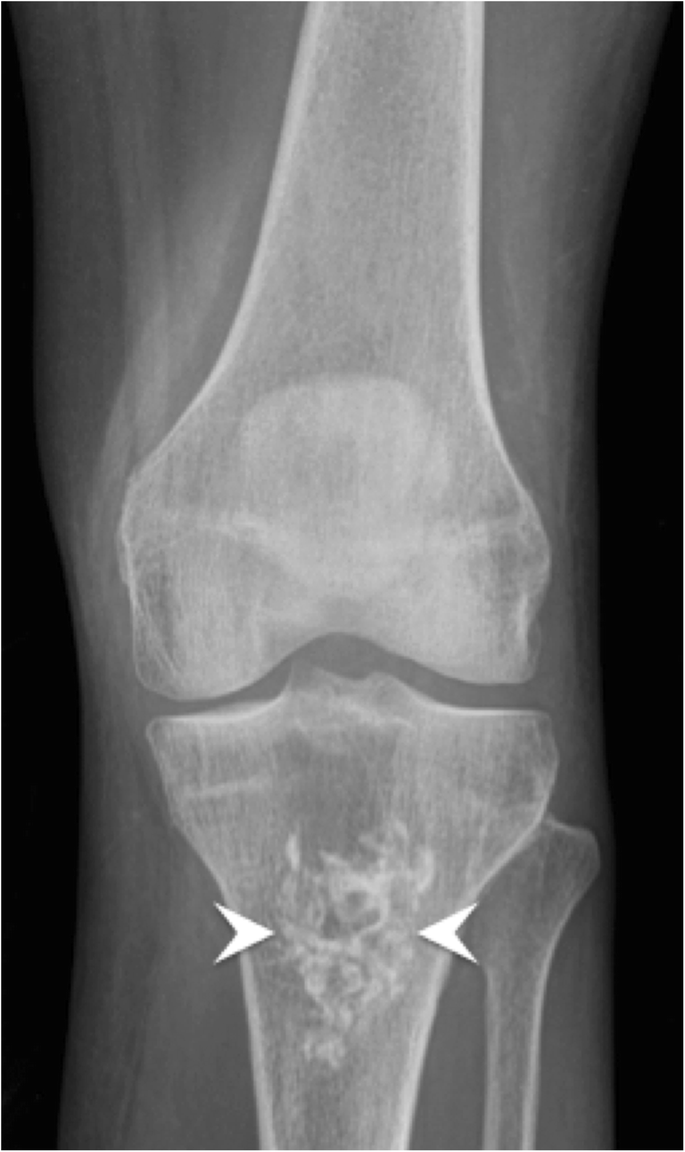
Radiological identification and analysis of soft tissue musculoskeletal calcifications, Insights into Imaging

SciELO - Brasil - Soft tissue calcifications: a pictorial essay Soft tissue calcifications: a pictorial essay
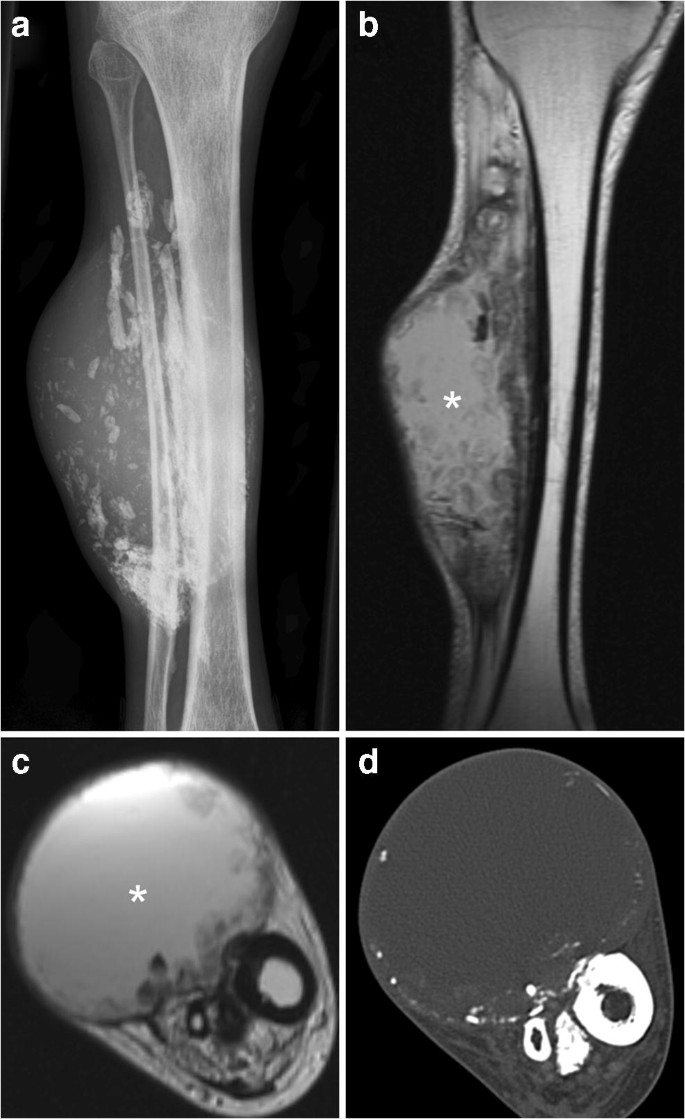
Calcified or ossified benign soft tissue lesions that may simulate malignancy
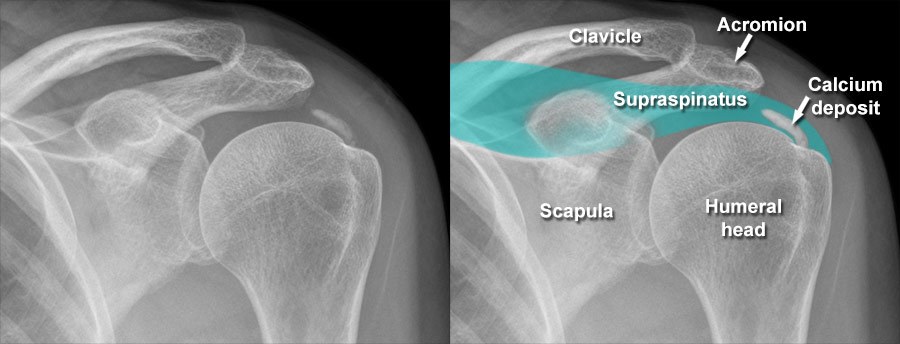
Imaging of Musculoskeletal Disorders - Soft tissue calcification

Soft-Tissue Masses and Masslike Conditions: What Does CT Add to Diagnosis and Management?
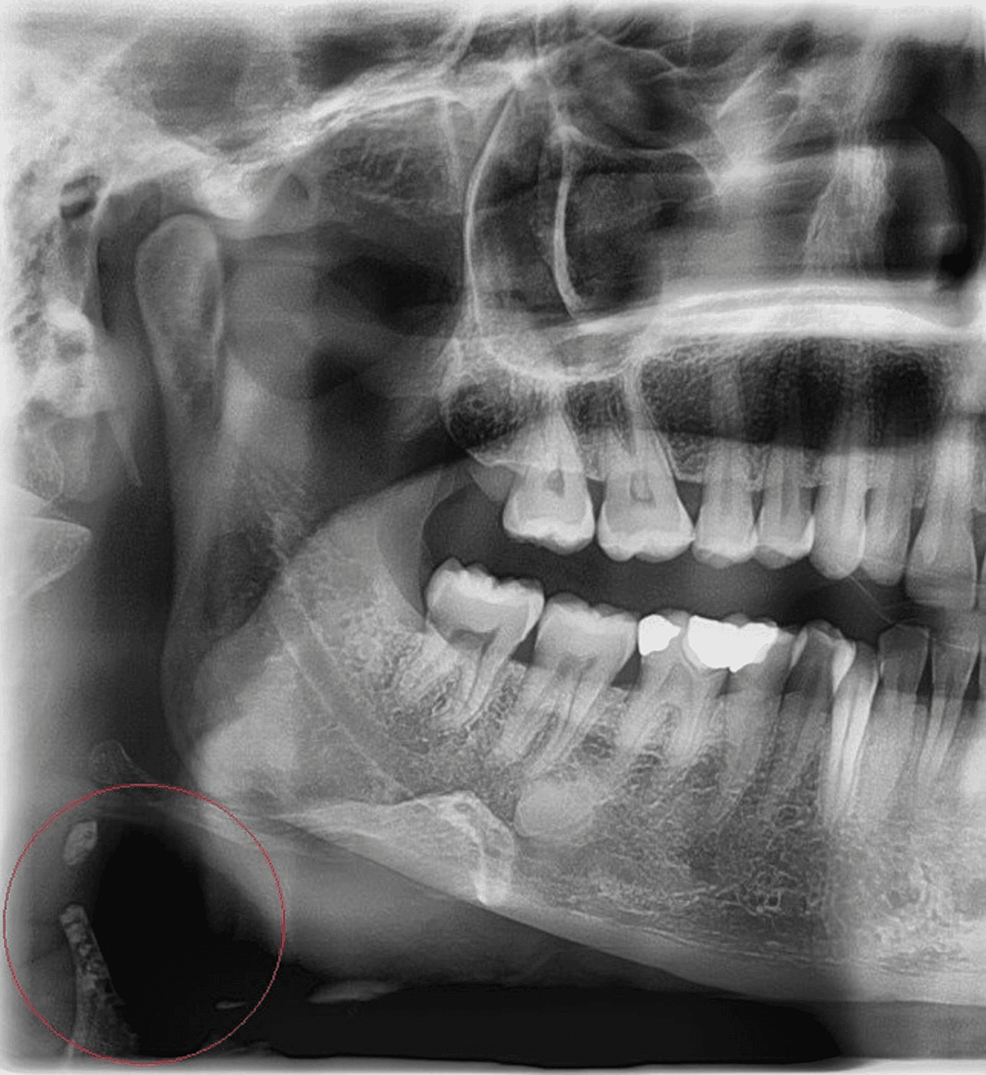
Cureus, Prevalence and Radiographic Features of Head and Neck Soft Tissue Calcifications on Digital Panoramic Radiographs: A Retrospective Study
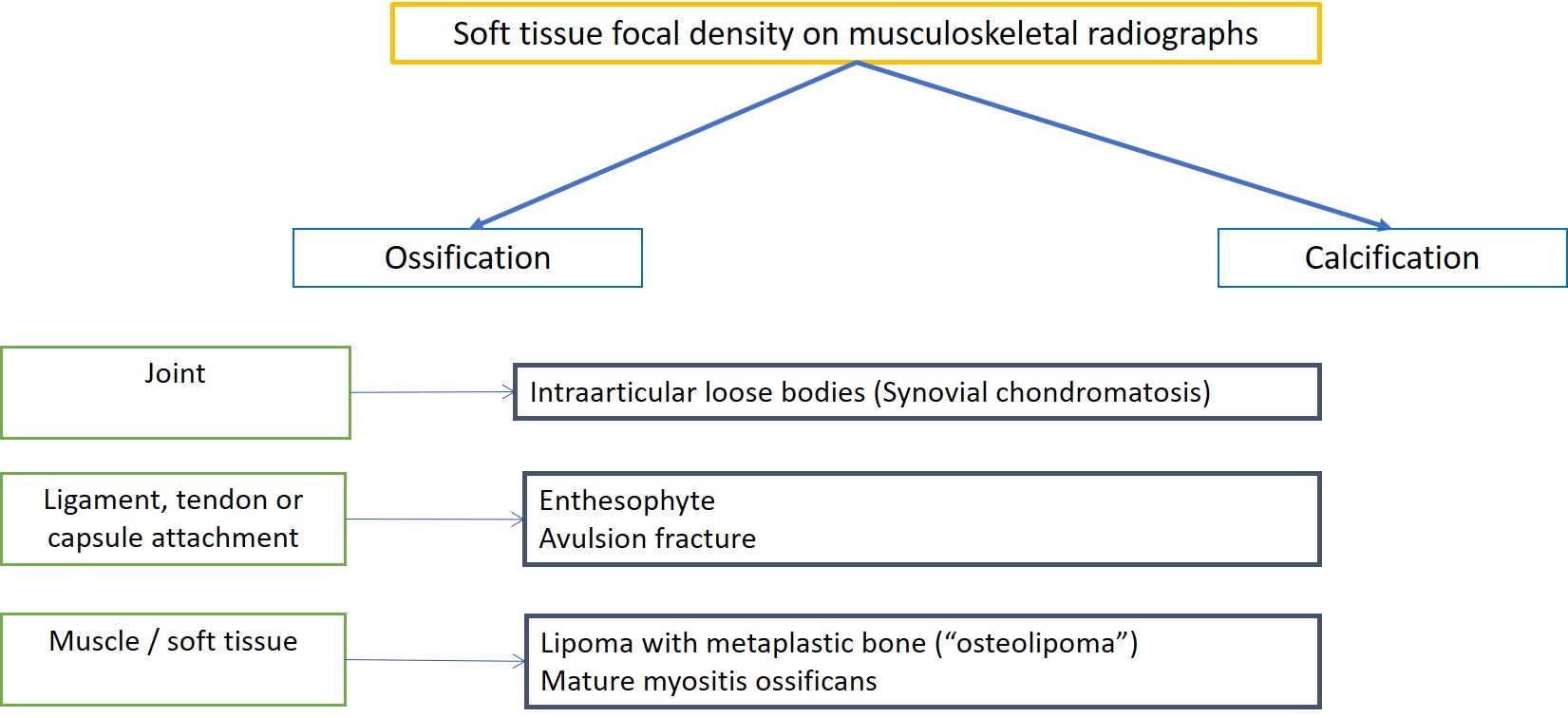
EPOS™ - C-07775

Chapitre 17 – Tumeurs des tissus mous

Incidental findings in and around the prostate on prostate MRI: a pictorial review

Extraosseous Calcification in Kidney Disease: Pathogenesis, Presentation and Diagnosis – Consult QD

Radiological identification and analysis of soft tissue musculoskeletal calcifications. - Abstract - Europe PMC

Radiological identification and analysis of soft tissue musculoskeletal calcifications. - Abstract - Europe PMC
de
por adulto (o preço varia de acordo com o tamanho do grupo)







